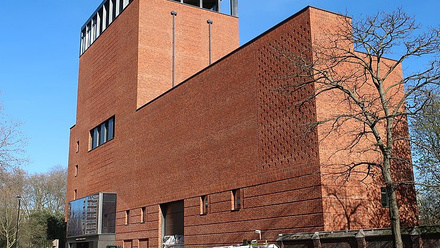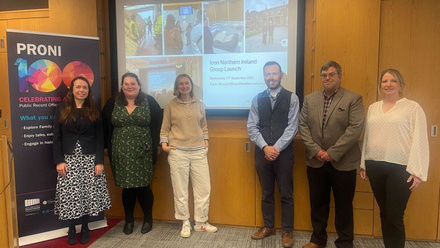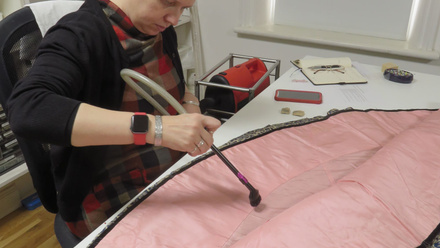Professor Eleanor Schofield, Head of Conservation and Collections Care at Mary Rose Trust, shares her reflections on caring for collections in a time of crisis.
Part one – Closing the doors
A little over three weeks ago, the Mary Rose museum closed its doors to the public for the foreseeable future. Keeping our staff and volunteers safe and encouraging people to stay at home was the right decision to make in response to the worldwide coronavirus pandemic. As Head of Conservation and Collections Care I was immediately consumed in planning how we would continue to care for our collection and, as the crisis quickly escalated with devastating consequences, it didn’t feel appropriate or sensitive to talk about the sadness of closing.
Now that some time has passed, I have realised that it is OK to feel sadness at shutting down something you have worked hard to protect and a cause that you believe passionately in. Feeling sadness doesn’t negate empathy or sympathy for what others are experiencing. These strange times have brought new experiences to the Mary Rose and, in common with many others, we have had to quickly create new plans to safeguard our collection. If anything here resonates with how others have felt, or helps with collections care planning, then capturing my thoughts in this blog will have been worthwhile.
The decision to close the museum, made by the executive committee I sit on, felt really tough. Reflecting on this, I have realised that it is because it goes against the grain of the Mary Rose ethos. To explain, I will need to rewind a bit. What I have always loved about the Mary Rose is that there are two very distinct stories to tell. The first involves the original ship’s crew, their life on board and how their story tragically ended when the ship sank. The second involves all the modern crew engaged with the ship’s more recent history: from the original archaeological excavation; to the conservation project; to creating, running and maintaining the museum we have today. This latter story spans nearly half a century, and the common thread is people’s spectacular determination, passion to tell the story and a resolute unwillingness to ever give up! I immediately felt that passion when I started working here; it is in the very essence of the Mary Rose Trust. So, I think that this is why closing the doors and walking away from the museum and the collection felt so counter-intuitive and even painful for everyone involved.
The second difficult decision came the following week, when we furloughed nearly 90% of our staff. As a charitable trust, we almost all of our income derives from ticket sales and donations, with 75% of ticket sales being made between April and September. Closure at this time is devastating in the short term, but also in the longer term as rely on income generated in the summer to carry us through the quieter winter months. Some staff roles are dependent on the presence of visitors, whereas for others their job role continues regardless. This left us in the regrettable position of having to furlough people who could have done some work at home. The harsh reality is that as a small charitable business, we would very quickly run out of money, so scaling back to a skeleton team will give us the best chance of surviving. However, breaking this news to our skilled and hard-working team was not easy and understandably resulted in a mix of emotions. The impact of this decision has weighed heavily on the executive committee.
We have also had to stand down our fantastic team of 100+ volunteers. Given the passion and dedication with which they contribute their time, I know many will be finding it difficult to be away from the museum. Let us hope that the current measures to address the pandemic are successful and that we are able to reunite the Mary Rose crew again soon.
Find out how Eleanor and her colleagues are caring for the collection during lockdown in part two… coming soon.
Header image: The Mary Rose ©The Mary Rose Trust






